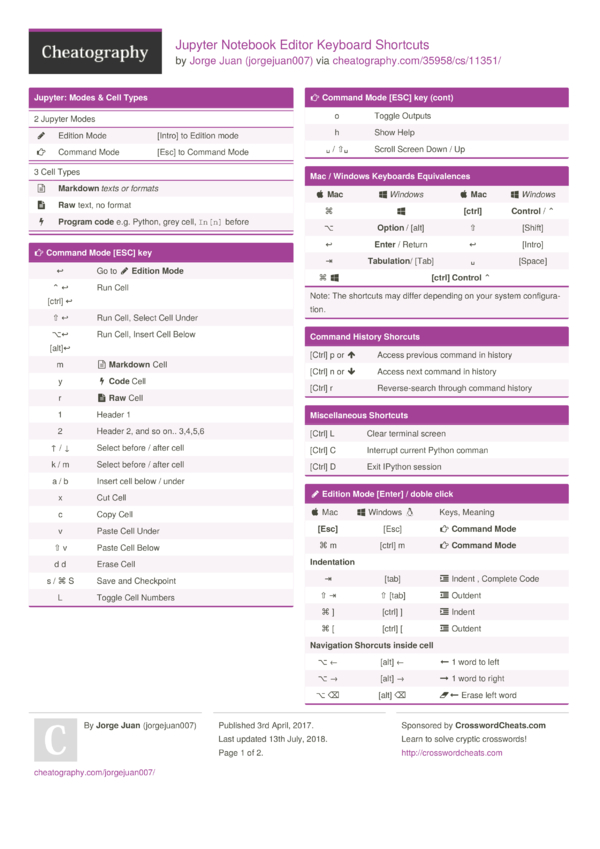Notebook Markdown
Introduction¶
The notebook extends the console-based approach to interactive computing ina qualitatively new direction, providing a web-based application suitable forcapturing the whole computation process: developing, documenting, andexecuting code, as well as communicating the results. The IPython notebookcombines two components:
The notebook extends the console-based approach to interactive computing in a qualitatively new direction, providing a web-based application suitable for capturing the whole computation process: developing, documenting, and executing code, as well as communicating the results. Markdown Cells example notebook. The Notebook Editor allows you to easily change code cells between Markdown and code. By default a code cell is set for code, but just click the Markdown icon (or the code icon, if Markdown was previously set) in the code cell's toolbar to change it. Once Markdown is set, you can enter Markdown formatted content to the code cell. There is a simple way to place text which will not be modified in Jupyter Notebook (markdown). You only use triple quotes with the reverse accent sign and end with the same quotes three times.
A web application: a browser-based tool for interactive authoring ofdocuments which combine explanatory text, mathematics, computations and theirrich media output.
Notebook documents: a representation of all content visible in the webapplication, including inputs and outputs of the computations, explanatorytext, mathematics, images, and rich media representations of objects.
See also

Jupyter Notebook Markdown New Line
See the installation documentation for directionson how to install the notebook and its dependencies.
Main features of the web application¶
- In-browser editing for code, with automatic syntax highlighting,indentation, and tab completion/introspection.
- The ability to execute code from the browser, with the results ofcomputations attached to the code which generated them.
- Displaying the result of computation using rich media representations, suchas HTML, LaTeX, PNG, SVG, etc. For example, publication-quality figuresrendered by the matplotlib library, can be included inline.
- In-browser editing for rich text using the Markdown markup language, whichcan provide commentary for the code, is not limited to plain text.
- The ability to easily include mathematical notation within markdown cellsusing LaTeX, and rendered natively by MathJax.
Notebook documents¶
Notebook Markdown Image
Notebook documents contains the inputs and outputs of a interactive session aswell as additional text that accompanies the code but is not meant forexecution. In this way, notebook files can serve as a complete computationalrecord of a session, interleaving executable code with explanatory text,mathematics, and rich representations of resulting objects. These documentsare internally JSON files and are saved with the .ipynb extension. SinceJSON is a plain text format, they can be version-controlled and shared withcolleagues.
Notebooks may be exported to a range of static formats, including HTML (forexample, for blog posts), reStructuredText, LaTeX, PDF, and slide shows, viathe new nbconvert command.
Notebook Markdown Color
Furthermore, any .ipynb notebook document available from a publicURL can be shared via the IPython Notebook Viewer (nbviewer).This service loads the notebook document from the URL and renders it as astatic web page. The results may thus be shared with a colleague, or as apublic blog post, without other users needing to install IPython themselves.In effect, nbviewer is simply nbconvert as a web service,so you can do your own static conversions with nbconvert, without relying onnbviewer.
